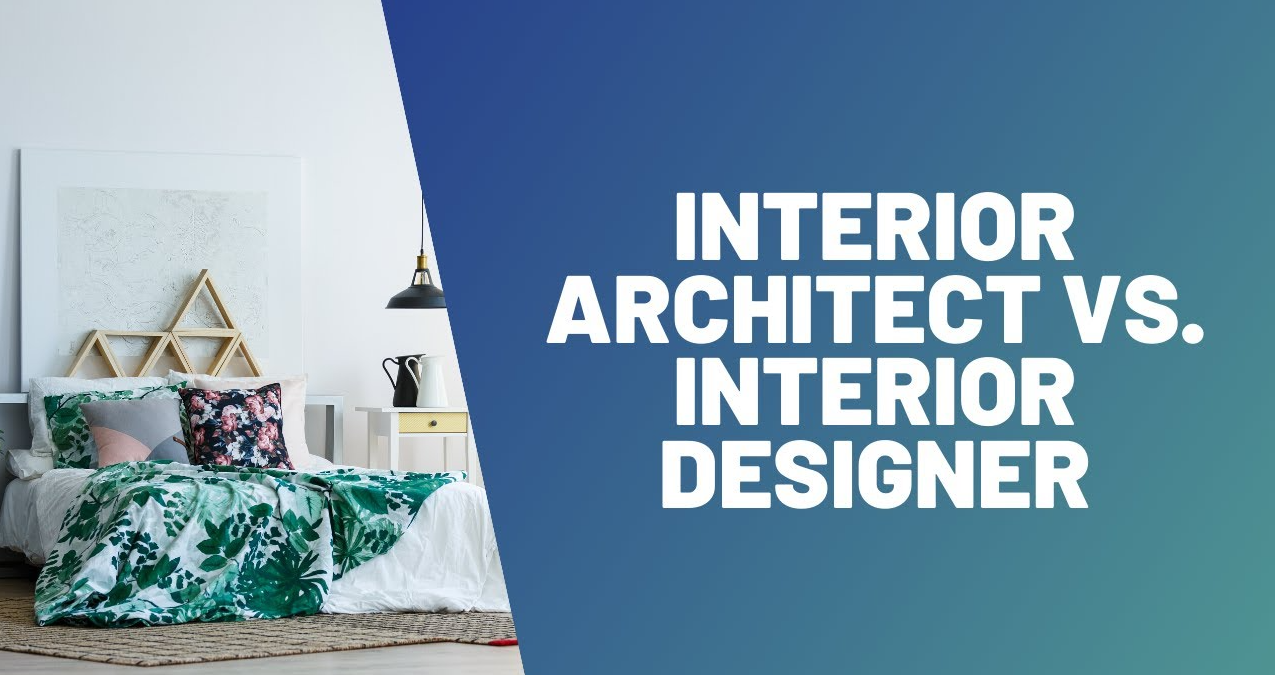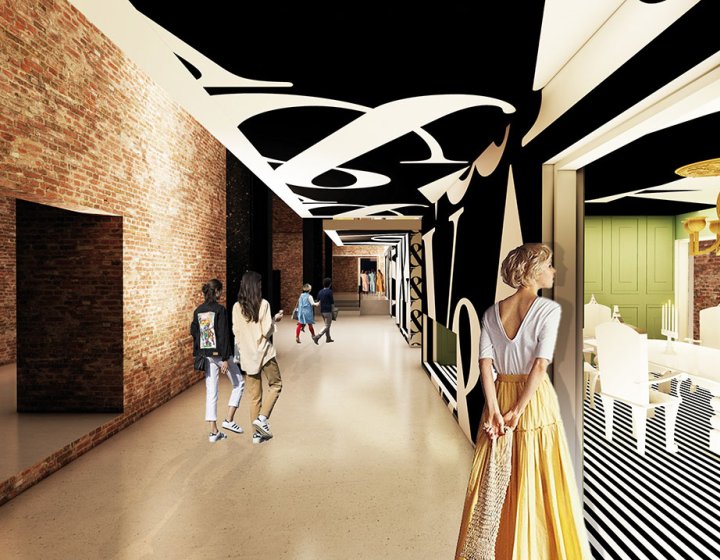The Art of Equilibrium: How Interior Design and Home Designer Collaborate for Stunning Results
In the realm of home layout, striking a balance in between aesthetics and performance is no tiny accomplishment. This fragile stability is achieved with the unified partnership in between interior developers and engineers, each bringing their one-of-a-kind competence to the table. Remain with us as we discover the ins and outs of this collective process and its transformative influence on home layout.
Comprehending the Core Differences In Between Interior Design and Home Style
While both interior design and home style play crucial roles in creating visually pleasing and practical rooms, they are naturally different techniques. It deals with the 'bones' of the structure, functioning with spatial measurements, load-bearing wall surfaces, and roofing styles. On the various other hand, indoor layout is much more worried with boosting the sensory and aesthetic experience within that structure.
The Synergy Between Home Design and Interior Decoration
The harmony between home style and Interior Design lies in a shared vision of design and the enhancement of useful aesthetic appeals. When these 2 fields line up harmoniously, they can change a space from average to amazing. This cooperation needs a deeper understanding of each technique's concepts and the capability to develop a cohesive, visually pleasing atmosphere.
Unifying Layout Vision
Merging the vision for home architecture and interior design can produce an unified living room that is both functional and aesthetically pleasing. It advertises a collaborating approach where building elements complement interior layout elements and vice versa. Hence, unifying the layout vision is essential in blending design and interior style for sensational results.
Enhancing Useful Visual Appeals
Exactly how does the harmony between home style and Interior Design improve practical visual appeals? This synergy allows the development of spaces that are not just aesthetically enticing but also pleasantly useful. Architects lay the groundwork with their structural layout, making certain that the room is effective and sensible. The interior developer after that complements this with meticulously selected aspects that enhance the visual appeals without compromising the functionality. This harmonious cooperation can lead to homes that are both stunning and livable. A designer may make a home with big windows and high ceilings. The indoor developer can after that highlight these attributes with high plants and large curtains, specifically, hence enhancing the visual appeal while preserving the functional advantages of natural light and space.
Relevance of Partnership in Creating Balanced Spaces
The cooperation in between indoor designers and designers is crucial in creating well balanced spaces. It brings consistency between style and architecture, providing birth to areas that are not just cosmetically pleasing yet additionally practical. Checking out effective joint approaches can provide insights into how this synergy can be effectively accomplished.
Integrating Design and Style
Equilibrium, a crucial facet of both indoor design and design, can only really be achieved when these 2 areas work in consistency. This collective procedure results in a cohesive, balanced style where every aspect has a function and adds to the overall visual. Integrating design and architecture is not just concerning producing gorgeous spaces, however regarding crafting areas that work perfectly for their inhabitants.
Successful Collective Methods

Situation Researches: Successful Assimilation of Design and Architecture
Examining numerous study, it emerges just how the successful assimilation of Interior Design and style can transform an area. The Glass House in Connecticut, renowned for its minimalistic style, from this source is one such example. Architect Philip Johnson and interior developer Mies van der Rohe teamed up to produce an unified balance between the framework and the interior, causing a seamless flow from the exterior landscape to the inner living quarters. Another prototype is the Fallingwater Home in Pennsylvania. Architect Frank Lloyd Wright and indoor designer Edgar Kaufmann Jr.'s collective initiatives cause a strikingly unique home that blends with its natural surroundings. These study underline the extensive influence of an effective layout and architecture partnership.

Getting Over Difficulties in Layout and Design Collaboration
In spite of the undeniable benefits of a successful partnership in between indoor style and architecture, it is not without its difficulties. Architects might focus on architectural stability and safety, while developers focus on convenience and design. Effective communication, shared understanding, and compromise are crucial to get over these challenges and achieve a harmonious and effective partnership.

Future Fads: The Evolving Connection Between Home Architects and Inside Designers
As the world of home layout remains to evolve, so does the relationship between architects and interior developers. The trend leans towards a much more collective and incorporated approach, breaking free from standard duties. Architects are no longer solely concentrated on structural honesty, but additionally take part in enhancing visual appeal - Winchester architect. Conversely, interior designers are accepting technical aspects, affecting total layout and capability. This developing synergy is driven by improvements in technology and the growing demand for areas that are not only aesthetically pleasing however lasting and additionally practical. The future guarantees a more natural, ingenious, and flexible approach to home design, as designers and designers proceed to blur the lines, promoting a connection that go to my site genuinely embodies the art of balance.
Final thought
The art of equilibrium in home style is accomplished through the unified cooperation between interior developers and architects. Regardless of difficulties, this collaboration cultivates growth and innovation in layout.
While both indoor layout and home design play important roles in producing cosmetically pleasing and practical rooms, they are inherently various techniques.The harmony in between home style and indoor design lies in a common vision of layout and the improvement of functional looks.Linking the vision for home style and indoor style can produce an unified living space that is both useful and aesthetically pleasing. Hence, discover this unifying the style vision is vital in blending architecture and indoor style for sensational results.
Just how does the synergy in between home style and interior style boost useful aesthetics? (Winchester architect)